6 Ways to Collect Data on Your Students’ Behavior
February 27, 2018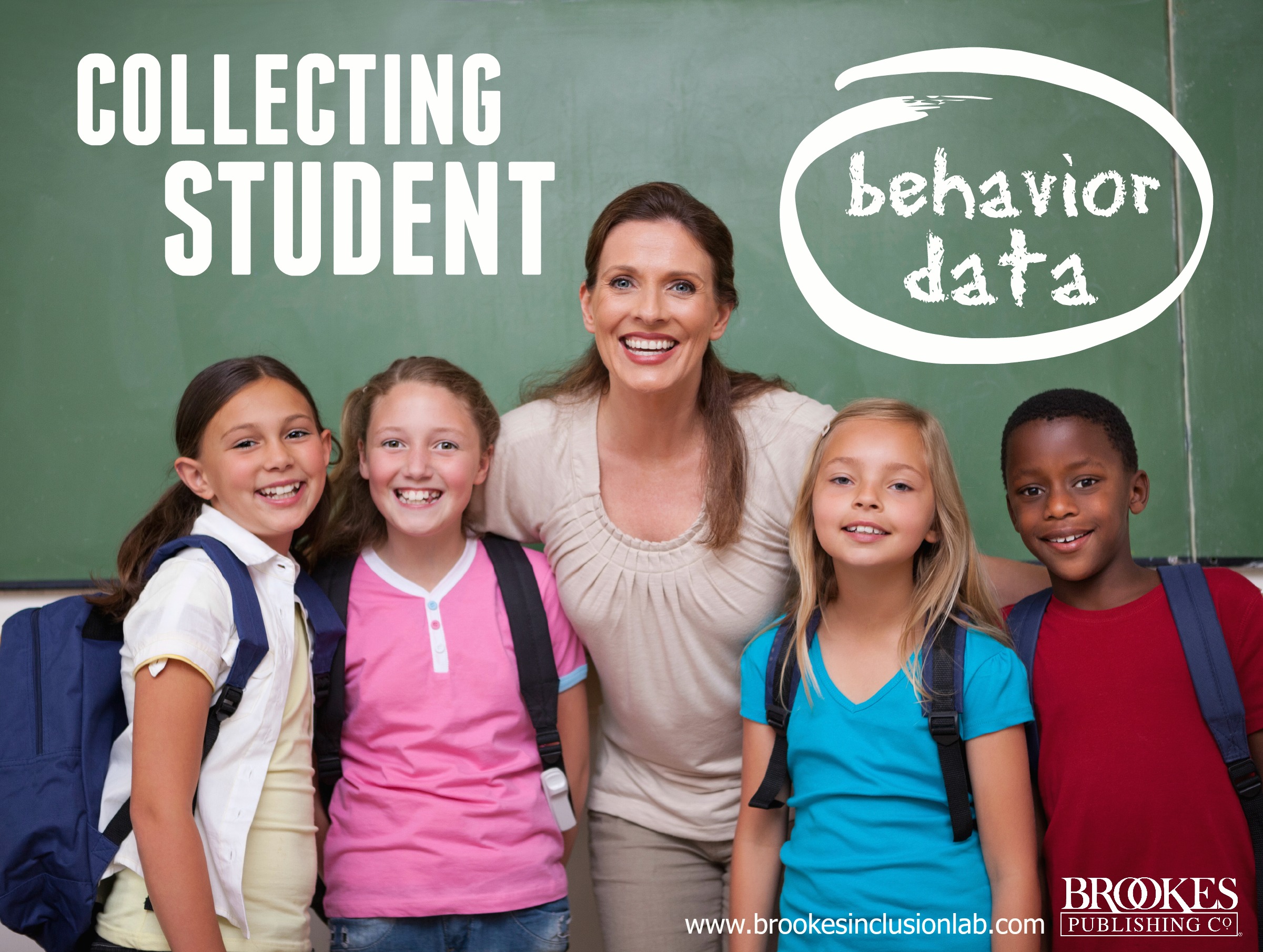
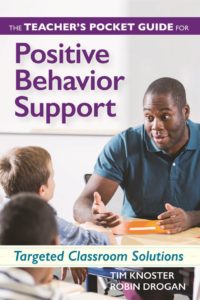 You’ve got great universal behavior supports in place for your classroom—but every year, you’ll have at least some students who need more. How can you determine when your universal supports aren’t working for some students? What’s the best way to pinpoint which students may need more targeted behavior supports? The key is effective data collection, and today’s post gives you some quick guidelines you can use as a starting point.
You’ve got great universal behavior supports in place for your classroom—but every year, you’ll have at least some students who need more. How can you determine when your universal supports aren’t working for some students? What’s the best way to pinpoint which students may need more targeted behavior supports? The key is effective data collection, and today’s post gives you some quick guidelines you can use as a starting point.
Here are 6 possibilities for collecting data on your students’ behavior. Excerpted and adapted from The Teacher’s Pocket Guide for Positive Behavior Support by Tim P. Knoster and Robin Drogan, these methods can be used in any classroom to help identify students who may need targeted behavior supports.
“Nominations” by teachers and other adults
One place to start at the beginning of the school year is by creating a list of students who may have been eligible for or received targeted supports. With permission from your principal, you might ask teachers from the prior year for a short list of students who needed the most academic, social-emotional, and behavioral support. (Remember, though, that classroom environments may have significant differences, and that could be a contributing factor.) Your school’s guidance counselor and your students’ parents could be other possible resources for putting together a preliminary list.
Frequency counts
To monitor behavior in real time in your classroom, you might consider using a tally and adding to it each time a behavior of concern occurs. This direct observation method is a good strategy to use for behaviors that occur often in your classroom but not so often that they’re too cumbersome to count. You can collect frequency data throughout the entire day or sample it for a quick snapshot during an allotted time period (e.g., tally how many times a student is out of their seat in a half-hour period).
Interval recording
For this type of direct observation, you record the occurrence or nonoccurrence of behaviors during predetermined intervals, or blocks of time. For example, a daily checklist for a 45-minute math class could be broken down into three 15-minute intervals. As the class progresses, you’d simply check off whether a behavior has occurred or not occurred within each 15-minute block of time. You can make your blocks of time longer or shorter, depending on what type of student behavior you want to measure in your classroom.
Anecdotal recording
Anecdotal recording is just what it sounds like: you sit down and write a brief summary of the targeted student behavior you’ve observed throughout the school day (or whatever timeframe you choose). As you record your observations, it’s important to be as objective as possible. Write down facts, not interpretations or judgments, so you can meaningfully use the information to help create a plan.
Reviews of school records
Consider conducting a review or attendance and other school records, and look for patterns that may indicate cause for concern. Repeated absences from school, reported changes in sleep or eating patterns, repeated tardiness, increasing visits to the school nurse, or many instances of incomplete work could indicate that the student needs additional supports. Be cautious, though, and keep in mind that these patterns aren’t always clear indicators of internalizing conditions. You’ll want to involve school counselors or the school psychologist in the process of analyzing the data to look for indicators of concern.
Screening instruments
Combining a social-emotional and behavioral screener with direct observation data may give you the most complete picture of your students’ behavior. Whenever possible, you may want to include a teacher and parent rating scale in your data collection process. This is a good way to gather more in-depth information about a particular student, or even about your class as a whole. For example, if you screen your students and discover that too many are having trouble engaging in expected behavior for the majority of the class period, it may be a sign that your expectations need to be clearer or that students need more reinforcement for positive behavior.
These are just some of the approaches to data collection you can use to identify students potentially in need of targeted support. Here are some overarching principles to keep in mind when collecting data:
- Create a list of the data collection procedures you’ve decided to use, so you can refer back to it as needed.
- Prioritize the student behaviors you feel are of greatest concern.
- Once you choose the priority behaviors you’re looking to address, clearly define that behavior. For example, “out-of-seat” behavior could be defined as the student being in a different place than they should be at that time. It could also be defined as the student being where they’re supposed to be, but standing up instead of sitting down.
- To make direct observation methods manageable in your classroom, explore ways that others can help with the data collection. Can a paraeducator, community volunteer, or co-teacher pitch in as needed?
- Make sure you’re on the same page with other educators in your classroom. For example, you might define “disrespect” as a student using inappropriate verbal or body language or saying things that are offensive to others. However, the paraeducator in your classroom might define disrespect in another way. Agree on definitions up front, so you can reliably and efficiently gather data.
- Use more than one data collection method to get the big picture. You might aim to have a combination of your direct observation data, data from a formal screener, and information from other teachers who had your students in class last year. If you can get only one type of data on a consistent basis, use that source consistently—in the end, quality is more important than quantity.
CHECK OUT THE BOOK
Explore The Teacher’s Pocket Guide for Positive Behavior Support, a friendly, down-to-earth on using targeted Tier 2 behavior interventions in your classroom. It’s packed with encouraging advice, proven strategies, and relatable anecdotes from two experts on behavior.

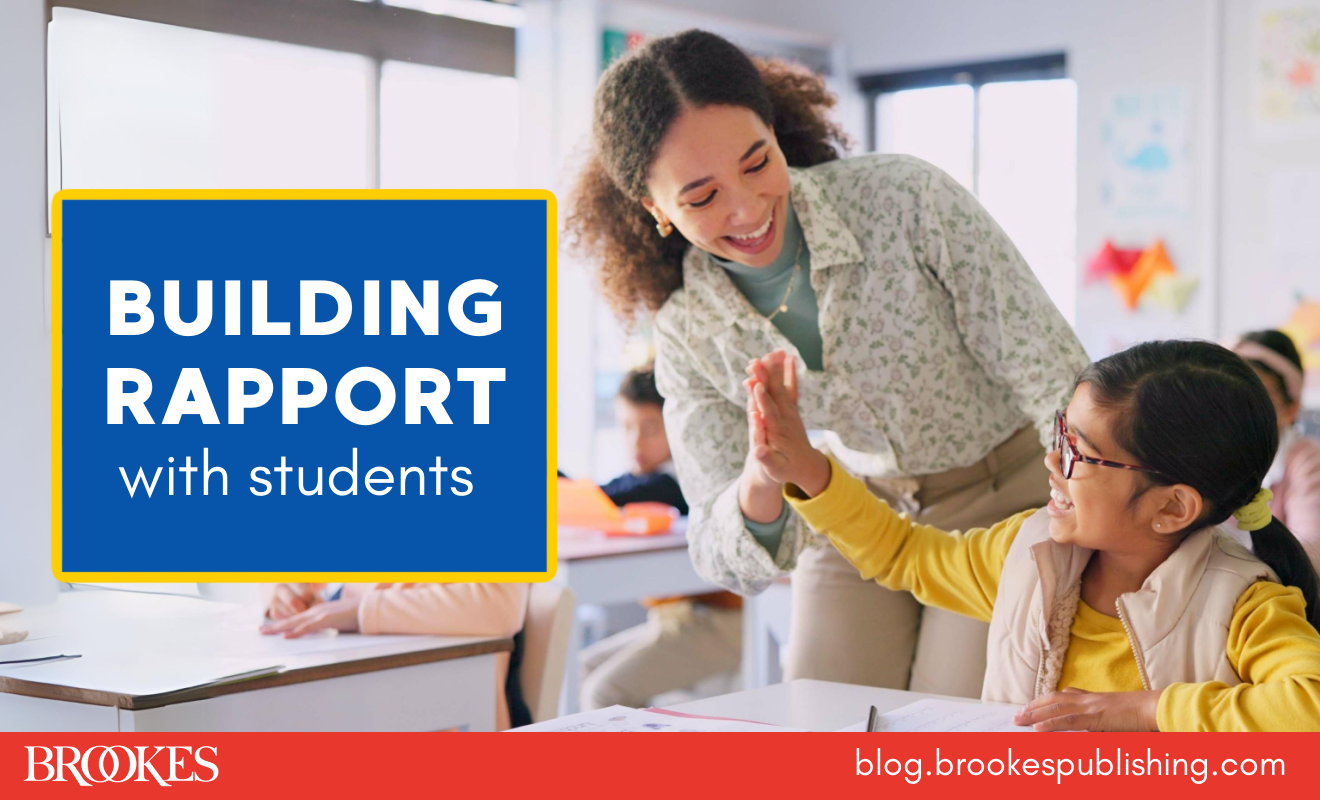
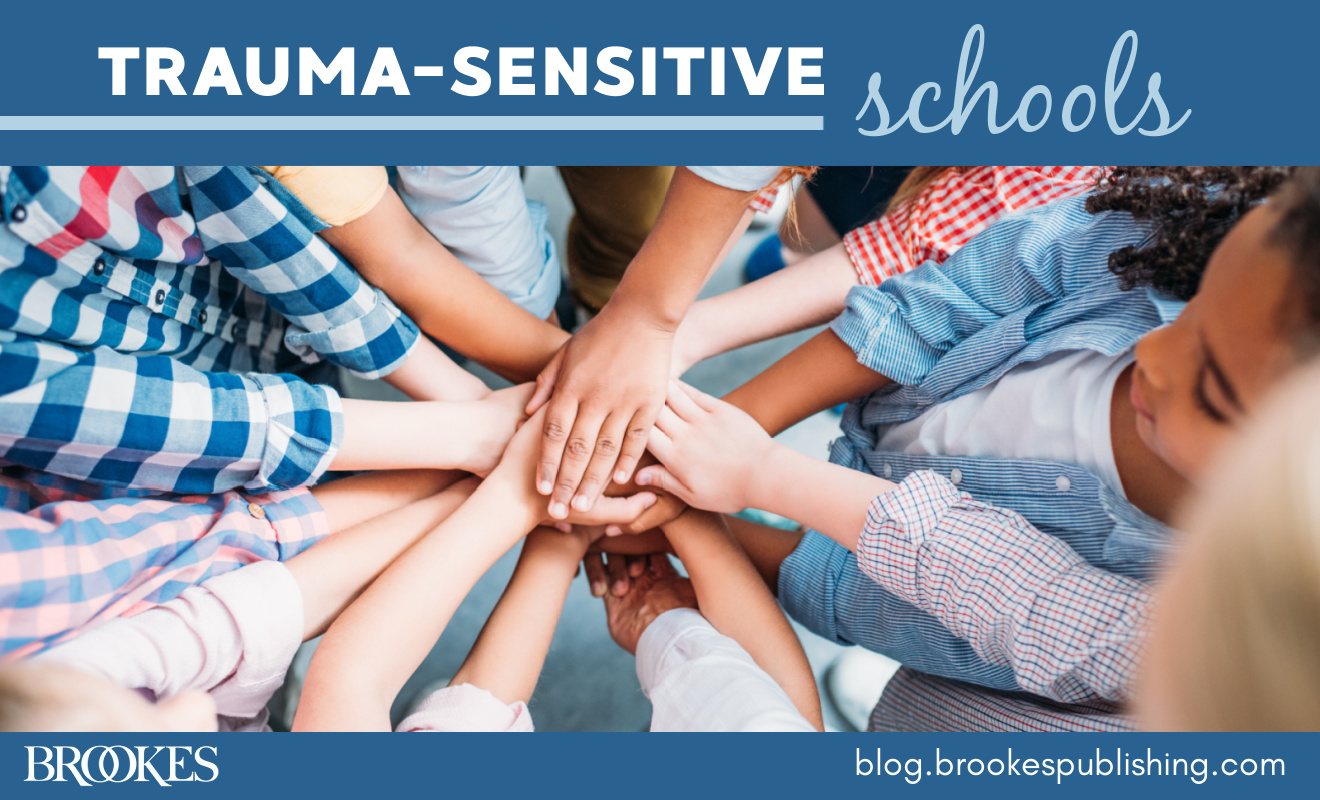
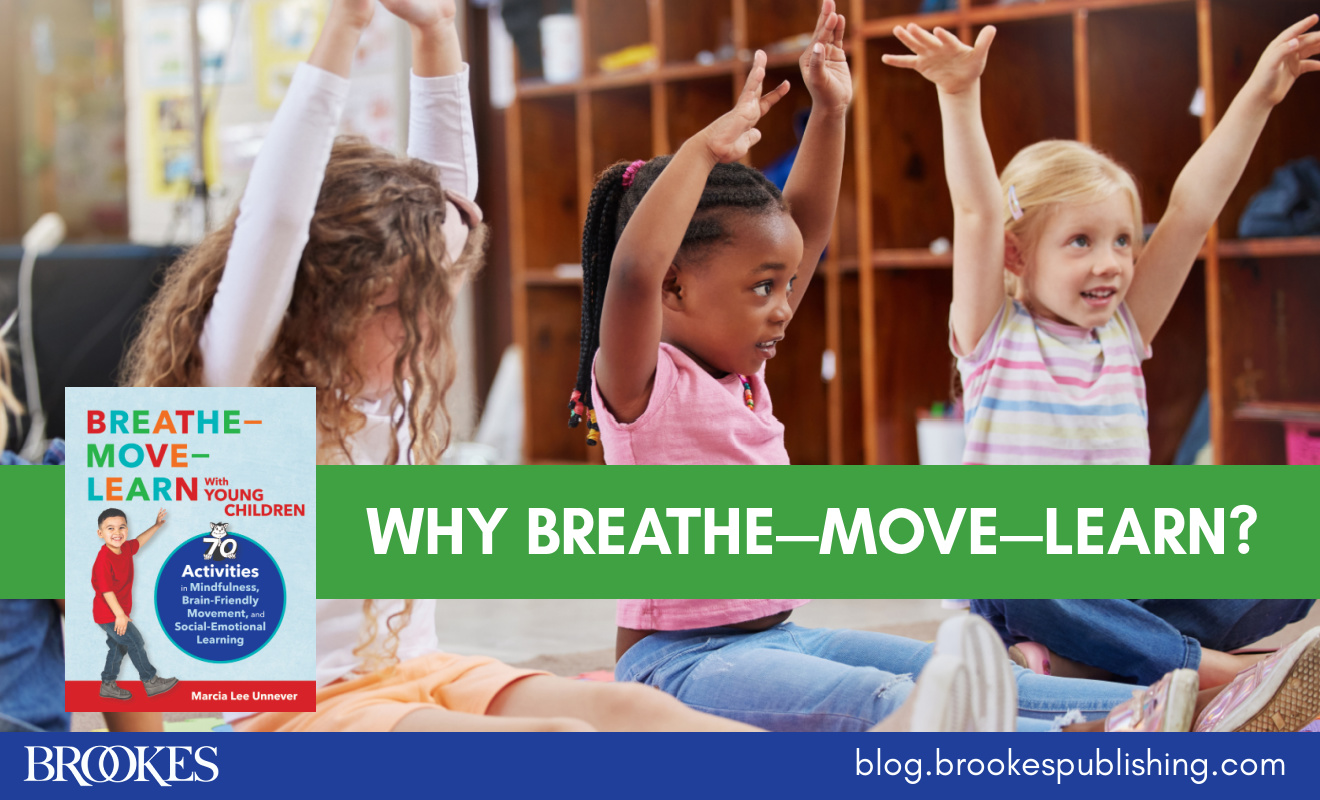
Write a Comment
Your email address will not be published. Required fields are marked *
comments
Ronda Anderson says
My work sight is thinking of letting go of my position as a behavioral monitor, K-6th grade. Saying how do we use my position in distance learning. I am in need of support to save my job.
jlillis says
Ronda, that's a very difficult situation, and I'm so sorry to hear that you're going through this. We're planning to reach out to an author of ours who has written books on classroom management and positive behavior support, and we'll ask him if he can share some tips on converting a position like yours to distance learning.
Sonam Lhamo says
I am teaching English in 3rd grade consisting of 32 students and another section 31 students . I am looking for the solution to assess their personal behavior. These students have become noisier and uncontrollable. Help me how to correct these students behavior in authoritative way .
Post a Comment